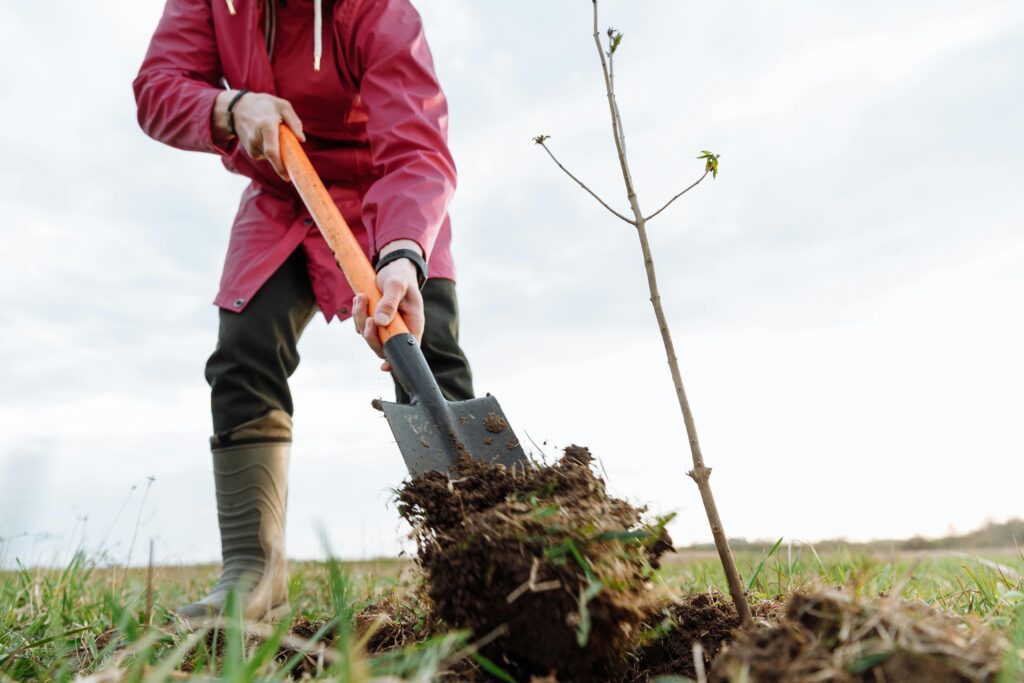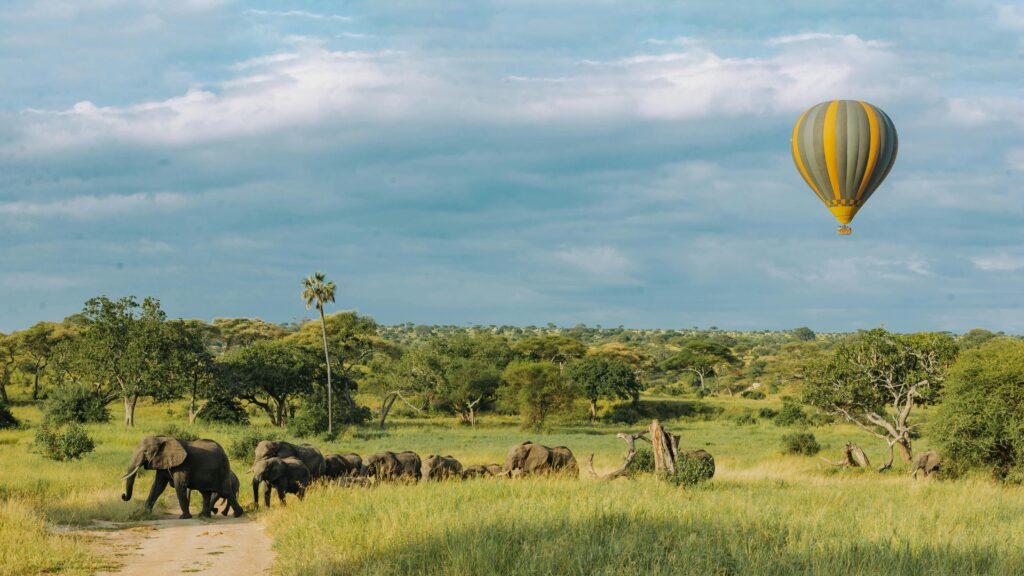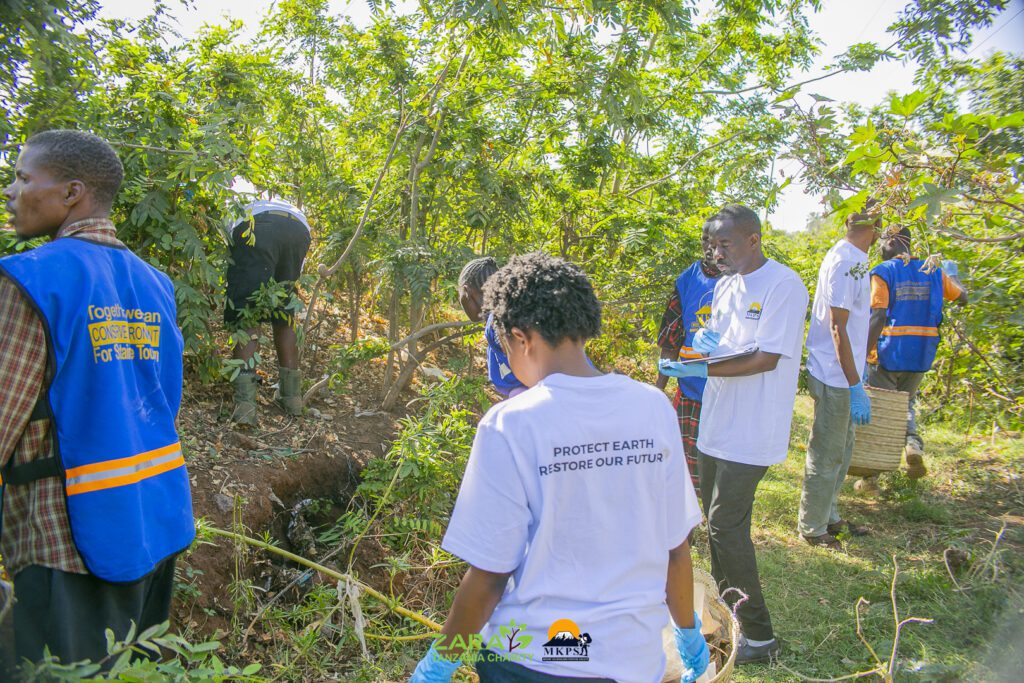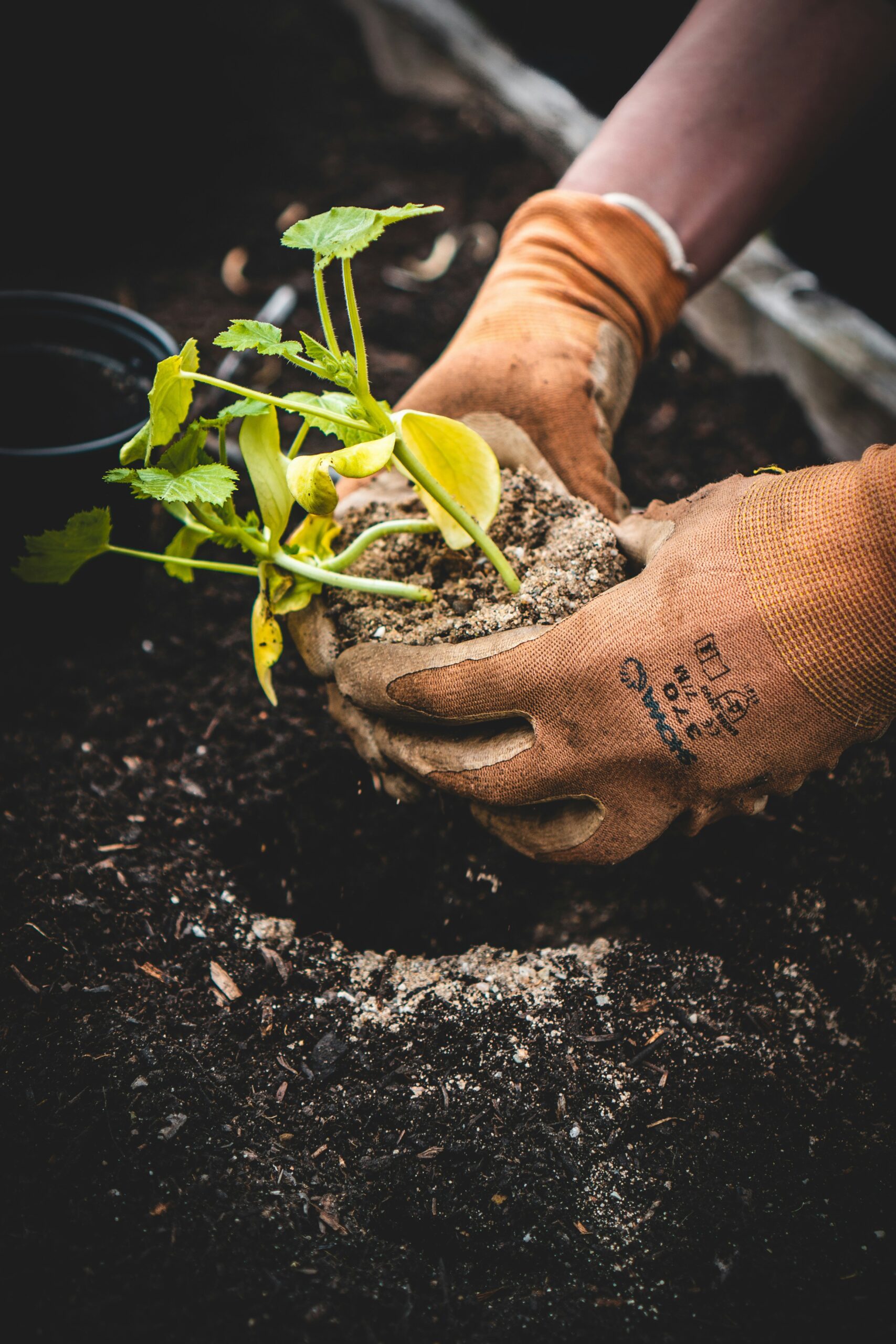How Tree Planting Contributes to Sustainable Tourism.
: Planting the Seeds of a Greener Journey
In today’s world, travel is more than just visiting places; it’s about experiencing the planet in ways that honor, restore, and celebrate it. Nature-rich surroundings, ranging from towering forests to foggy mountains and sun-dappled pathways, are among the most sought-after visitor experiences around the world. But how can these habitats remain enchanting for future generations? The solution is firmly embedded—literally—in the act of planting trees.
Tree planting is more than just an environmental gesture; it is a critical component of sustainable tourism, providing immense ecosystem health, increasing tourist attraction to destinations, and minimizing long-term environmental impacts. In Tanzania, companies like Zara Tours and Zara Charity are setting a good example by combining adventure with advocacy, enjoyment and repair.

What is Sustainable Tourism?
Sustainable tourism is defined as tourism that serves the requirements of current tourists and host communities while both safeguarding and expanding opportunities for future generations. Its goal is to manage all resources such that economic, social, and aesthetic requirements are met while preserving cultural integrity, critical ecological processes, and biological diversity.
To put it simply, sustainable tourism improves rather than degrades destinations.
It’s not only about using less plastic or staying in eco-lodges. It entails preserving and improving the landscapes that attract visitors, such as mountains, forests, and coasts. What better way to accomplish this than by planting trees?

Tree Planting Benefits: Healing Nature, One Sapling at a Time
- Climate Regulation Through Carbon Sequestration
A mature tree can absorb more than 20 kg of CO₂ per year. When multiplied by millions, tree planting becomes a natural climate action strategy.
Zara Charity has planted almost 5,000 trees around Mount Kilimanjaro as part of its “Twenzetu Kileleni” (Let’s Go to the Summit) initiative. These trees assist to reduce the carbon footprint of travel, particularly in locations where tourists arrive by air or road.
Tour operators, particularly those in nature-based tourism, must now actively contribute in climate mitigation. Tree planting offers a simple, scalable, and symbolic approach.
- Enhancing Biodiversity and Ecosystem Health
Forests are living tapestries. Each tree planted has the potential to support a large number of birds, insects, fungus, and other species. More trees increase biodiversity, which improves the ecosystem health of any place.
Zara Tours operates in the Kilimanjaro region, which is a UNESCO World Heritage Site rich in wildlife. However, deforestation has jeopardized this delicate balance. Zara Tours restoration of tree cover promotes the return of native species and the rebuilding of the natural food chain, an unseen but crucial tourist attraction.
- Preventing Erosion and Improving Water Retention
Tree roots stabilize soil, decrease landslides, and preserve water catchment sites. In hilly tourist areas like Kilimanjaro, this is crucial.
Zara Tours regeneration efforts have made formerly damaged routes greener and safer for trekkers. The improved terrain means better trekking conditions, fewer trail closures, and a more consistent tourist experience.
- Cleaner Air and Healthier Communities
Trees function as natural air filters, absorbing pollutants and emitting oxygen. Cleaner air benefits not only tourists who enjoy outdoor activities, but also local populations that rely on tourism.
The air quality in communities near Kilimanjaro National Park has improved as greenery has grown, making climbing more fun and healthier for tourists.
- Community Engagement and Employment
Tree planting produces jobs, ranging from seedling nurseries to forest rangers and instructional guides. Zara Charity works with local youth and women’s organizations to administer these initiatives, giving back to the communities that welcome visitors.
Tourists can not only observe these events, but also participate, leaving a lasting memory.

Tree Planting as a Tourist Attraction
- Planting Trees as a Travel Experience
Tourists are increasingly interested in experience travel—activities that bring meaning and connection. That is exactly what tree planting gives.
Zara Tours’ eco-tourism packages include tree planting, which allows passengers to plant a tree, name it, and receive GPS coordinates and updates on its growth. This builds emotional attachment and encourages return visits.
Imagine yourself standing on the slopes of Kilimanjaro, sinking your hands into the soil and planting a seedling that will one day grow taller than you. That’s a far more meaningful memory than a photo opportunity.
- Eco-Aesthetics: Green Is Gorgeous
Green spaces are naturally appealing. They provide cooler microclimates, picturesque scenery, and calm rest breaks, all of which are crucial for nature-based tourism.
Zara Tours converts trekking routes into scenic corridors when each tree is planted. Lush trees frame peak panoramas, providing perfect rest areas for tourists and elevating the overall visual value of the route.
- Volunteerism and Educational Tourism
Voluntourism, a growing trend in which people participate in service initiatives while on vacation, begins with tree planting activities.
Zara Charity provides customized packages in which tourists spend a portion of their trip working with conservation teams. Schools, gap-year students, and even families take part in reforestation, which combines adventure with awareness.
Reducing Environmental Impact Through Reforestation
- Offsetting Tourism’s Carbon Footprint
Tourism accounts for up to 8% of world carbon emissions, primarily from transportation. Planting trees helps to counteract the impact.
Zara Tours provides “carbon-offset” options: a little cost incorporated in a tour package goes toward reforestation, allowing travelers to travel more ethically.
- Cleaning Up Trails and Campsites
Tree planting is part of Zara Charity’s overall environmental mission. Their Kilimanjaro Clean-Up Campaign collects trash from climbing routes and campsites before restoring flora to overcrowded areas.
This enhances safety, preserves Kilimanjaro’s beauty, and is consistent with national park conservation aims.
- Long-Term Land Stewardship
Planting is only the beginning. Zara Charity ensures tree survival by following up, fencing, and teaching local caretakers. When tourists leave, communities remain engaged.
This methodology (plant, protect, and repeat) promises long-term success and significant environmental effect.
Zara Tours and Zara Charity: A Model for Eco-Tourism
Zainab Ansell founded Zara Tours in 1986, and it is now one of Tanzania’s leading travel providers. In 2009, Zainab founded Zara Charity to help people and ecosystems affected by tourism.
Here’s how Zara Charity‘s tree-planting activities promote sustainable tourism:
- The Twenzetu Kileleni program planted 5,000 trees in Kilimanjaro, involving over 200 local youth and tourists.
• Eco-tourism packages include activities such as tree planting, cleanups, and educational sessions.
• Community empowerment through nurseries maintained by local women’s groups and sapling care provided by hired rangers.• Zara Charity ensures transparency by documenting tree survival rates, sharing impact stories online, and providing updates to funders and tourists.
Zara Charity‘s efforts demonstrate that eco-consciousness and financial success are not mutually exclusive—rather, they reinforce one other.
How Other Tour Operators Can Follow Suit
Large-scale efforts are not immediately required for sustainable tourism. Here are simple ways for others to imitate Zara Tour‘s success.
- Begin small.
Introduce a “Plant-a-Tree” program with each booking. Collaborate with local forestry departments or non-governmental organizations to receive assistance.
2. Make it interactive
Allow tourists to participate in planting days, tag trees, and obtain digital impact certificates.
3. Action-Based Education
Provide guided eco-walks to educate visitors about local flora and the importance of replanting.
4. Partner locally.
Nurseries and caretaking programs should be operated in collaboration with schools, youth groups, and women’s cooperatives.
5. Monitor and communicate results.
To distribute planting statistics and survival rates, create simple online dashboards or newsletters.
Challenges and How to Overcome Them
- Tree Survival
Not all planted trees survive. Addressing this requires careful species selection, local knowledge, and good management.
Zara Tours employs indigenous plants that have adapted to the Kilimanjaro climate, resulting in survival rates above 80%.
- Funding and Resources
Tree planting can be expensive. Solutions include minimal levies on tour packages, donation drives, and CSR(Corporate Social Responsibility) sponsorships.
Zara Charity‘s fundraising efforts through guest gifts and global partnerships assure consistent support.
- Greenwashing Concerns
Tourists are dubious of imprecise statements. Transparency is critical; give exact numbers, locations, and community roles.
Zara Tour‘s paperwork and picture recordings serve to establish confidence and responsibility.
Looking Ahead: A Greener Future for Global Tourism
Tree planting is more than simply a niche concept; it is the foundation of a better, more responsible future for tourism.
As climate change and environmental degradation endanger renowned sites, replanting offers a ray of hope. It also offers tourism a moral compass, demonstrating that traveling the world may help cure it.
Zara Tours and Zara Charity demonstrate how eco-tourism can progress from “doing no harm” to actively doing good. Each trip becomes a seed for regeneration by restoring forests, educating communities, and inviting tourists to participate.
Travel with Purpose, Plant with Passion
Tourism is changing—and so must we. Tree planting combines pleasure and usefulness. It’s an opportunity for travelers to give back, communities to thrive, and wildlife to flourish.
Whether you’re climbing Kilimanjaro, exploring a coastal rainforest, or visiting a peaceful community, keep in mind that your journey has an impact. Allow that mark to be green.
So the next time you visit, do more than just take photos—plant a tree and leave a legacy.




